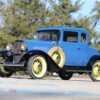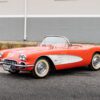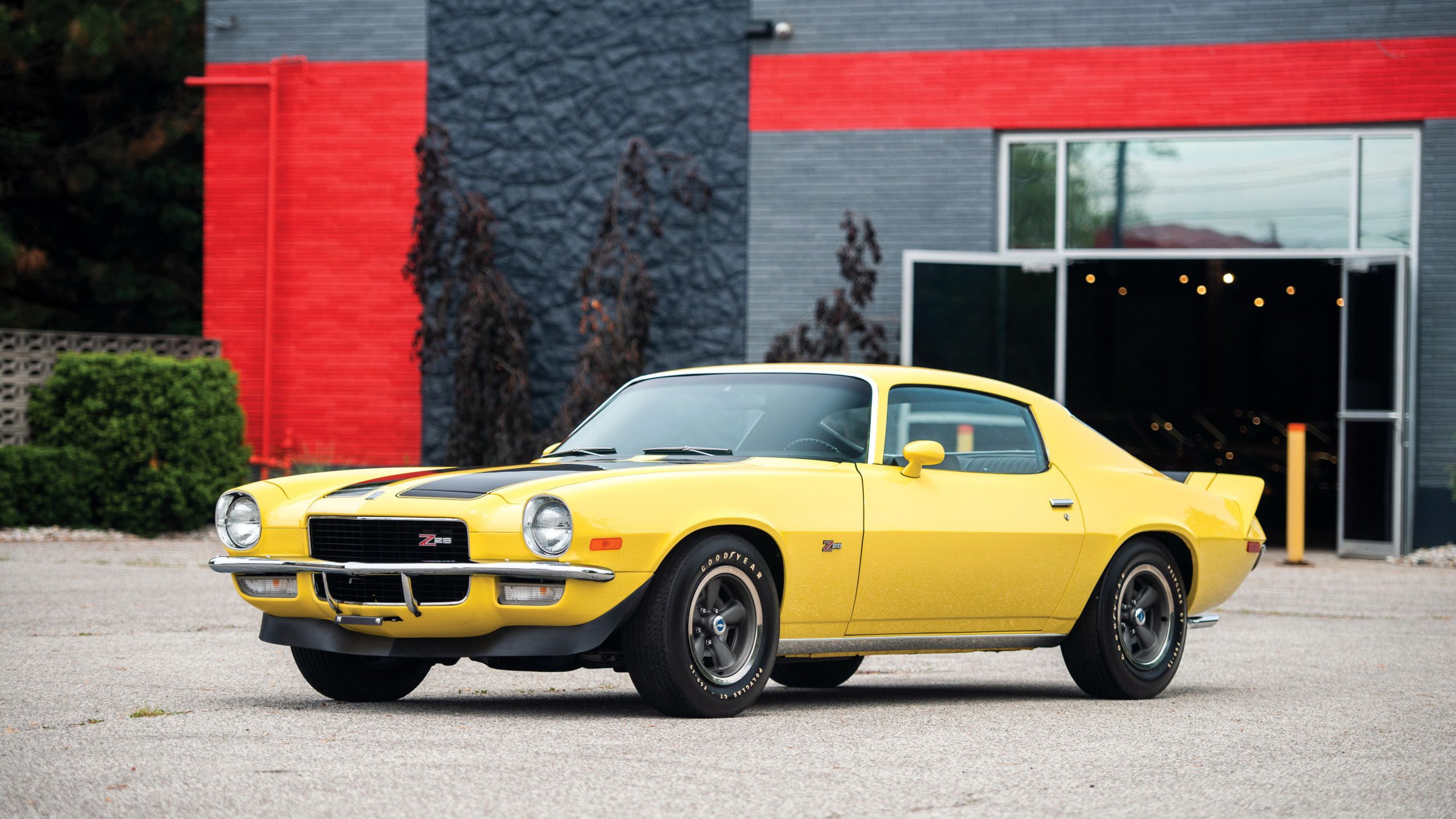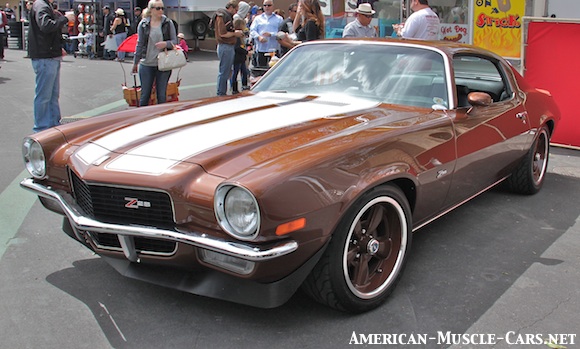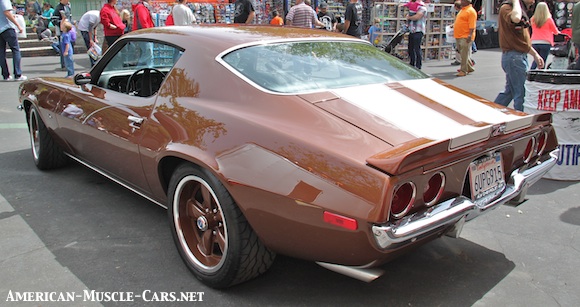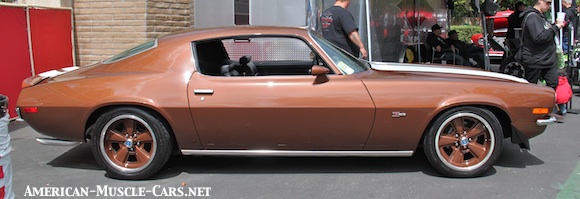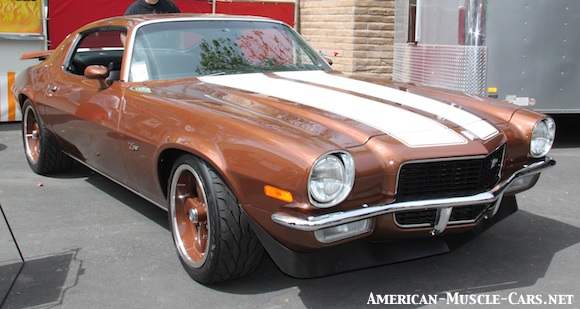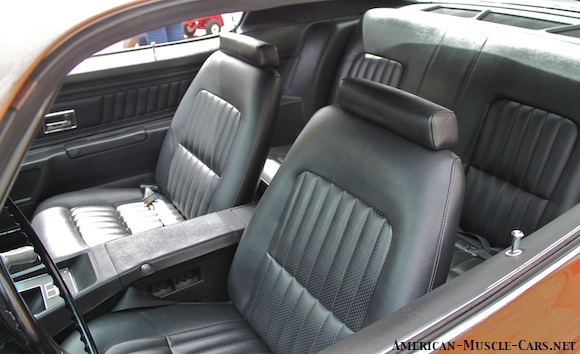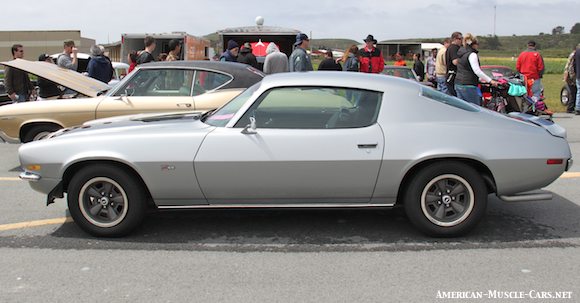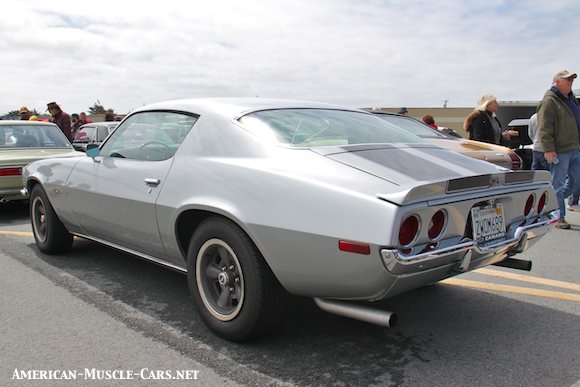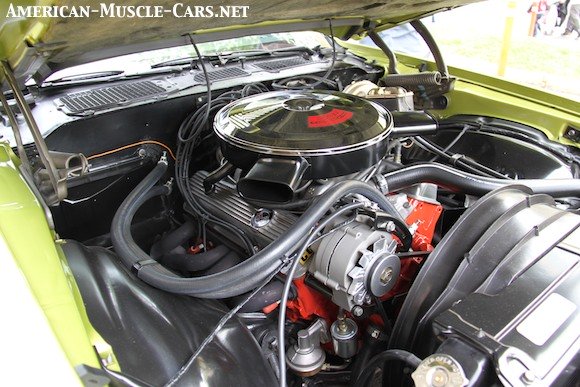1970 Chevy Camaro

ALL-NEW 1970 CHEVY CAMARO With 700,000 Camaros sold in its first 3 years, Chevrolet knew it had a tiger by the tail. With this new second-generation car, it had to be right. The designers were given full reign, and unlike the 1st-gen Camaro which was forced to shared its platform with the Chevy Nova, which as designed first, this time, the Camaro was designed first, and the Nova designers were the ones who had to make the compromises. This was a designers’ car, inspired the the exotic cars from Europe, from the likes of Jaguar or Aston Martin. An example of how important looks were over function on this new car, while it was longer, there was less interior space. But when you took a look at those sexy lines, who cared?
1970 CHEVY CAMARO ADVANCES THE ART Despite the radical new looks, underneath, the new Camaro was very similar to the 1st-gen car. There was the same unitized body in the rear with a detachable front subframe supporting the engine and front suspension. And most of the engines and transmissions carried over, other than in the Z28. Pontiac, in pursuit of an appropriate Firebird spinoff, was involved in the design and engineering right from the start this time, where they had just sort of latched on at the tail end of the development of the first car. This time it was truly a joint design project for which both deserve credit. As pretty as it was, the 2nd-gen Camaro/Firebird was not without its faults. The doors, for instance, were extra long to allow for better back seat access, but they were huge and heavy. They were hard to open and hard to close, and they wouldn’t open very far in tight spaces. And the enormous weight of the doors (which now included side-impact beams) wore out the hinges prematurely. There would be no convertible version during the entire 2nd-generation, which ended with the 1981 model year. In fact, a Camaro Convertible would not reappear until well into the 3rd-generation, in 1987.
1970 Chevy Camaro INTERIORS
1970 CHEVY CAMARO KICKS OFF THE 2nd-GENERATION It took so long to make the transition from the 1st-gen 1969 Camaro and retool for the new 2nd-gen car, that late 1969s were titled as 1970 models, today called ‘early 1970s’, and the 2nd-gen ‘late 1970s’ became known as 1970-1/2. Because of this, the 1st-gen 1969/early 1970 Camaro ran on well past a normal production year, ending with 243,085 units sold. But, that meant that the 2nd-gen late-1970 model started late, which cut into its own production year, and the production was almost exactly half, at 124,901 units. However, this rocky start was soon forgotten, as the 2nd-generation stormed through the smog-laden, safety-crazed 70s, setting record sales that have never been broken, and likely never will. But, the bad news wasn’t over yet, as sales continued to decline in the early 70s, with 114,630 sold in 1971, and only 68,651 in 1972. Things turned around and began climbing again until it peaked in 1979 with 282,571 units. The 2nd-generation ran from 1970 through the 1981 model year, a 12-year span, and one of the longest in modern automotive history.
1970 Chevy Camaro RS (RALLY SPORT)

1970 CHEVY CAMARO RS (RALLY SPORT) The Rally Sport or RS option package continued into the 2nd-generation as RPO# Z22. On the 2nd-gen Camaros, it consisted of an RS-specific rear facia, and a different front grille and headlights arrangement with hideaway headlights. The smooth blended shape of the new car made hideaway headlights impractical, so a whole new styling direction was taken. For the 2nd-gen car, the RS came with a special front facia with a larger, deeper, pointier front grille opening, and two totally cool little bumperettes, one on each corner under the headlights, known as “Split Bumpers”. In fact, 1970 through 1973 Camaro RSs are known as Split-Bumper Camaros. In addition, the RS appearance package included hidden windshield wipers, chrome trim on the roof gutters and trailing edge of the hood, special taillight bezels, RS emblems, and F78X14 tires.

1970 Chevy Camaro SS (SUPER SPORT)
1970 CHEVY CAMARO SS (SUPER SPORT) The Super Sport option package continued into the 2nd-gen as well, as RPO# Z27. At $289.65, this performance package came standard with a 300hp 350 V8, but could be upgraded to the L34 350hp 396 V8, or the L78 375hp 396. These so-called 396s were actually 402 cubic inches. All SSs now came standard with a 4-speed manual transmission with a Turbo Hydramatric as an option on all but the L78. Big block cars got beefed up suspension to handle the extra weight & power. The SS package also came standard with power brakes, 14X7 wheels, hood insulation, hidden wipers, special stripes and SS emblems everywhere.
BELOW: This SS is actually what’s called an RS/SS, which is a combination of two packages. Since the RS (Rally Sport) option was merely an appearance package, it could be applied to any other sub-model, like the Z/28 or the SS.
1970 CHEVY CAMARO SS ENGINE
The Super Sport package included one of two 396 big blocks, the 350-horse L34, and the 375-horse L78. Both were in fact not 396s, but 402s, due to a slight increase in bore for the 1970 model year. GM had until that point banned engines larger than 400 cubic inches in all but its full-size cars (with the obvious exception of the Corvette), so the kept calling the new 402 a 396. Big block power and torque were enticing playthings in a 1970 Chevy Camaro SS, but the fun ended when you threw it into a corner. All the extra weight of that massive cast iron big block on the front axle made the SS mostly a straight-line, or stoplight-to-stoplight performer, not a track car, like the Z28.
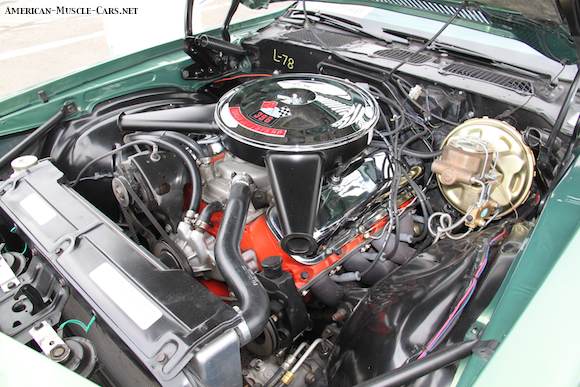
1970 Chevy Camaro Z28
1970 CHEVY CAMARO Z28 UPGRADES Air conditioning was not available on a Z28, but you could order it with either a 4-speed manual or for the first time in a Z28, a Turbo Hydramatic. The Z28 package also included special instrumentation, power disk brakes, Posi-traction, a heavy duty radiator, dual exhaust, heavy duty suspension front & rear (RPO# F41), and 15X7 wheels. On the appearance-side, the Z28 also got bright engine accents, a blacked-out front grille, rear bumper guards, chromed lug nuts, center caps & trim rings, hood insulation, F60X15 raised-white-letter tires, a rear deck spoiler, special stripes, and a gaggle of Z28 emblems. When combined with the RS package, the Z28 gets the RS front nose and split front bumperettes, and it is probably one of the most beautiful cars ever built, in my humble opinion.
1970 CHEVY CAMARO Z28 ENGINE The Z28 Special Performance Package continued also, appropriately enough with RPO# Z28. At $572.95 it was an expensive option in the day, which is perhaps why only 8,733 Z28s found homes in 1970, that and the short production year. The SCCA (Sports Car Club of America) had changed the rules for its Trans Am Series of races that the original Z28 was built for, along with the Ford Mustang Boss 302 and the Dodge Challenger T/A and its twin the Plymouth AAR Barracuda. Up until 1969 there was an engine displacement limit imposed of 5.0 liters, which is about 304 cubic inches. So, in a stroke of pure genius Chevrolet dropped the crankshaft from a 283 (with 3-inch stroke) into a 327 block (with 4-inch bore), resulting in a very oversquare 302 cubic inch screamer. The resulting DZ302 turned out to be a jewel of an engine, eager to rev well past its safe limits, which didn’t always turn out well. But, by 1970, the SCCA had relaxed its rules, now allowing up to 5.7 liters. So, the 1970 Z28 came with the 350 cubic inch (5.7 liter) LT1 V8, also a real sweet heart, and very rev-happy also. It was conservatively-rated at 360hp in the Camaro, although the same engine was rated at 370hp in the Corvette, due to a freer-flowing exhaust system.
1970 Chevy Camaro SPECIFICATIONS
| MODEL
Sport Coupe Rally Sport (RS) Super Sport (SS350) Super Sport (S396) Z/28 DIMENSIONS Body style Model # / Body style # Wheelbase Length Width Track, front Track, rear Weight |
Production
100,967 27,136 15,201 included 8,733 |
Price when new
V8 $2,839 V8 $3,008 $3,336 $3,491 $3,794 2-door Coupe 24 / 87 108.0 in 188.0 in 75.0 in 59.0 in 58.0 in 3,172 lbs |



